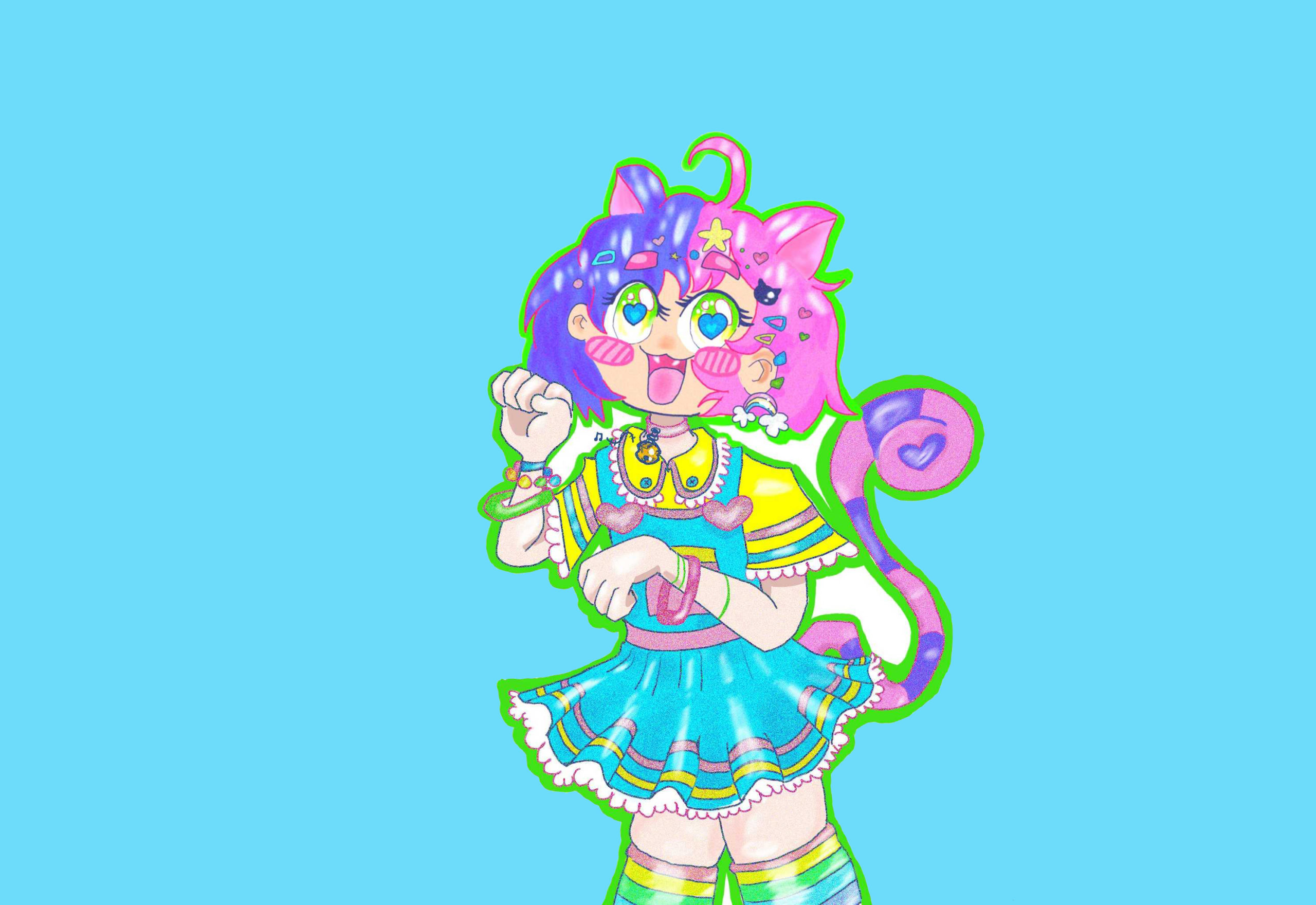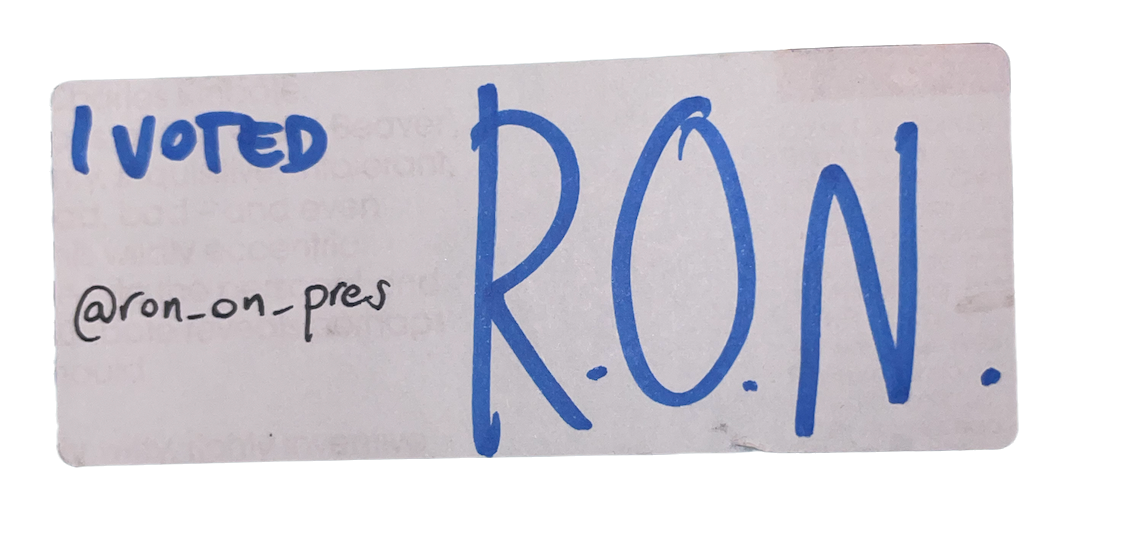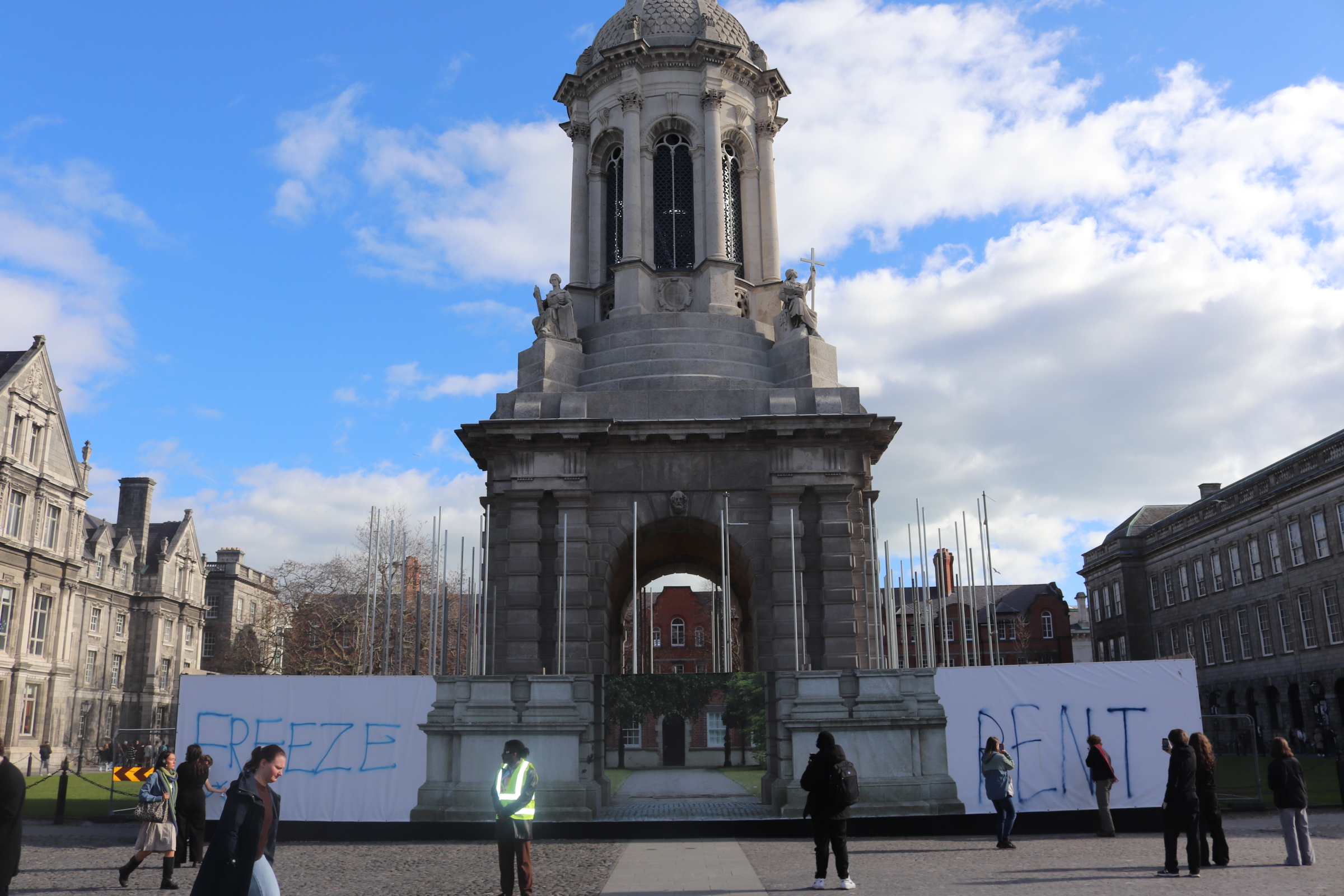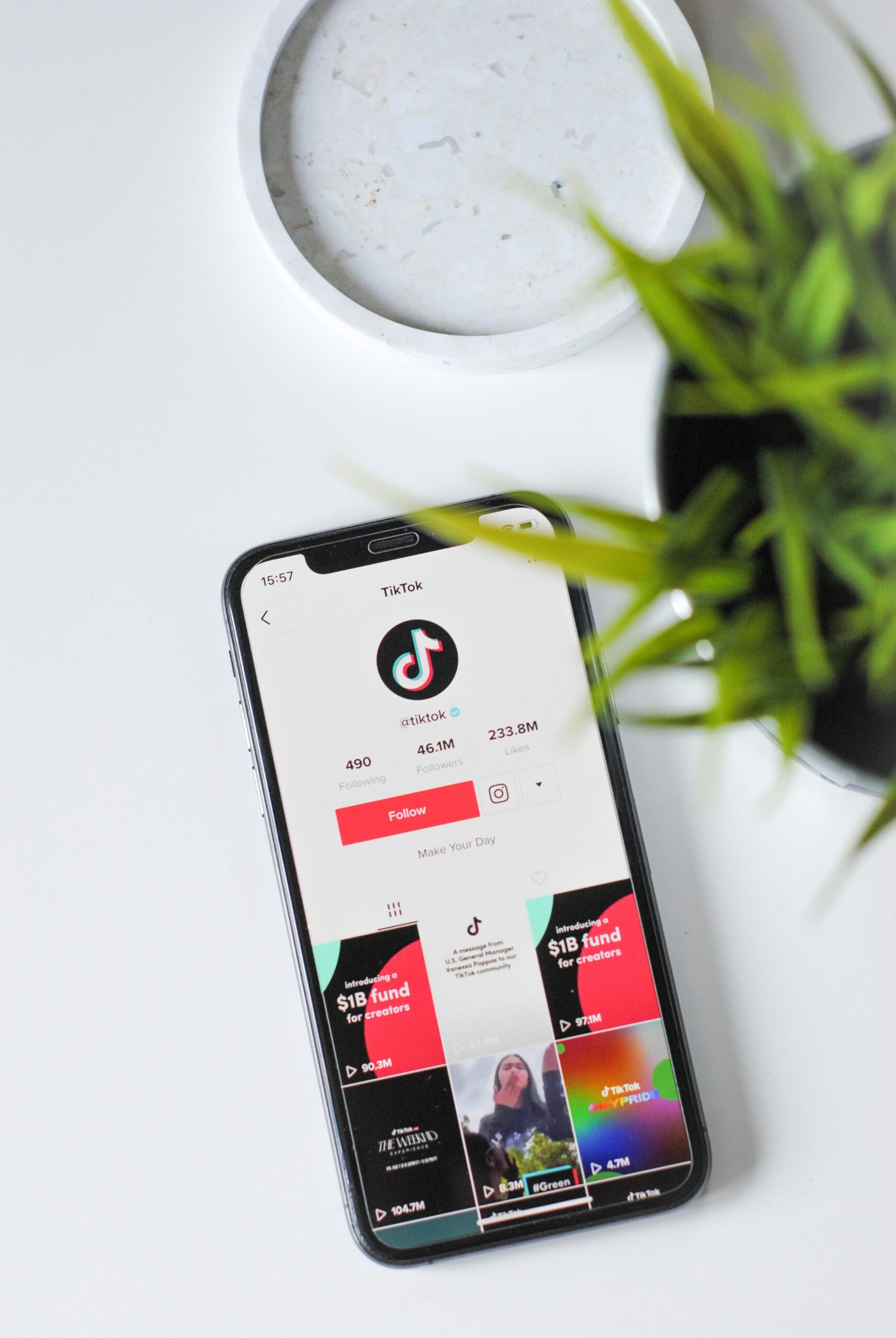For many, Halloween is the only brief window of time when we can circumvent reality. For one night of the year, we can masquerade as whoever we wish and engage in antics that would normally be frowned upon. The advent of this holiday made ask myself why we don’t resort to escapism more often. Why don’t more safe spaces exist for unashamed self-expression?
For a small sliver of the Irish population, however, escapism is a routine exercise of creativity – through the medium of cosplay.
But what on earth is cosplay? This is my first question for Gabby, also known as Hyde and Seek: a dance teacher by day, “obsessed nerdy fangirl by other parts of the day and crime fighting vigilante by night”. “Cosplay is literally ‘Costume Play’”, Gabby explains. “It’s about wearing a costume to portray a character from pop culture, be it movies, TV shows, comics, video games, books or wherever else. Some people make their own costumes, others buy them. There’s no right or wrong way to do it, it’s just about having fun.” Gabby has a successful Facebook page, and has collaborated with Geoff McGrath, a photographer and cosplay enthusiast who’s also the co-founder of Mother Udder Comics, a comic publishing house in Northern Ireland.
The art of fancy dress is as old as time itself. But cosplaying is a distinctly Japanese phenomenon, and its roots can be traced back to 1970s Tokyo. Today’s cosplayers, dressed as characters from the likes of Overwatch and Sailor Moon, gather at events known as “conventions”, where players engage in activities such as role playing, card games, parties and competitions. For Roisin, an Irish–American cosplayer from Newbridge who’s also known as TinyCosplays, the community is still small, but interest is quickly evolving: “I find that while Cosplay is always going to be a bit niche, it seems to be growing in Ireland. Every year we see a new group of people entering the convention scene and subsequently cosplaying.”
Fanned by creativity and accepting of new members, cosplaying seems almost too good to be true. And, as I discover, that’s perhaps because it is. It turns out that there’s a dark side to cosplay, one that’s long festered in the scene’s shadows. Alarmingly, all of the people I interview for this piece pose, in different ways, the same pertinent question, echoing a sentiment shared by the whole community: why aren’t the underlying problems of cosplaying being addressed? The problems stem, some say, from systemic issues that have bypassed a national conversation – and for many, it is about time that light was shed on them.
All of the people I interview for this piece pose the same pertinent question: why aren’t the underlying problems of cosplaying being addressed?
Most conversations about cosplay’s downsides ultimately come back to sexual harassment. Nerd culture has always been plagued by the negative stereotype of the “gamer guy” – the asocial archetype that shuns human interaction, and values fantasy over interpersonal relationships. Often, this “gamer guy” is caricatured as sexually depraved, sadistic and cruel.
In reality, of course, the vast majority gamers aren’t sexual harassers. But the stereotype isn’t invented: it exists for a reason, and it’s spreading. On 4Chan, an anonymous online forum often associated with anime and other fantasy-themed content, there are a myriad of forums dedicated to cosplay. I trawled through comments posted beneath photos of female cosplayers.
“I’ve never fucked an animal before, but I’ll fuck this fat pig.”
“I’d hit it, kill it and then eat it.”
“I wanna do this bitch hard up her ass, full costume and all.”
There were pages and pages full of these comments. Websites such as 4Chan are notorious for the toxic sexual cultures they often provide a home to. And pages like 4Chan don’t just exist in a vacuum. The behaviours and impulses they house can make their way into real life too. Cosplayers everywhere are often the targets of sexual harassment – including in Ireland.
“I cannot count the amount of times I have seen posts on cosplay and convention pages regarding sexual harassment, racial harassment, etc”, Kate McConnell, a cosplayer from Dublin, tells me. “Some people feel entitled to be verbally or physically abusive to cosplayers, saying: ‘If they weren’t cool with it, they wouldn’t be dressed like that.’”
This gives more than a hint of the culture that has infiltrated some areas of Irish cosplay. In certain cases, it can culminate in unwanted sexual advances. Some people, it seems, equate cosplayers’ clothing choices with consent. And worryingly, as Roisin notes, it becomes increasingly difficult to police such behaviour at larger conventions. In practice, this can sometimes allow perpetrators to get away with unwanted sexual behaviour.
Those operating within the cosplay community say the issue, by and large, stems from outsiders rather than cosplayers.
“I’ve only ever had one negative experience at a convention, with someone making uncomfortable comments and following me to take photos without my permission”, Gabby says, pointing out that her abuser was quickly escorted off-site. “In my experience, much of the harassment comes from outside of the cosplay community, from people who don’t cosplay or don’t attend conventions regularly. These people see cosplayers as characters, not real people, and treat us differently for some reason. That’s why there’s a great mantra: ‘Cosplay is not consent’, to remind people that just because we’re in costume doesn’t mean we aren’t people with boundaries.”
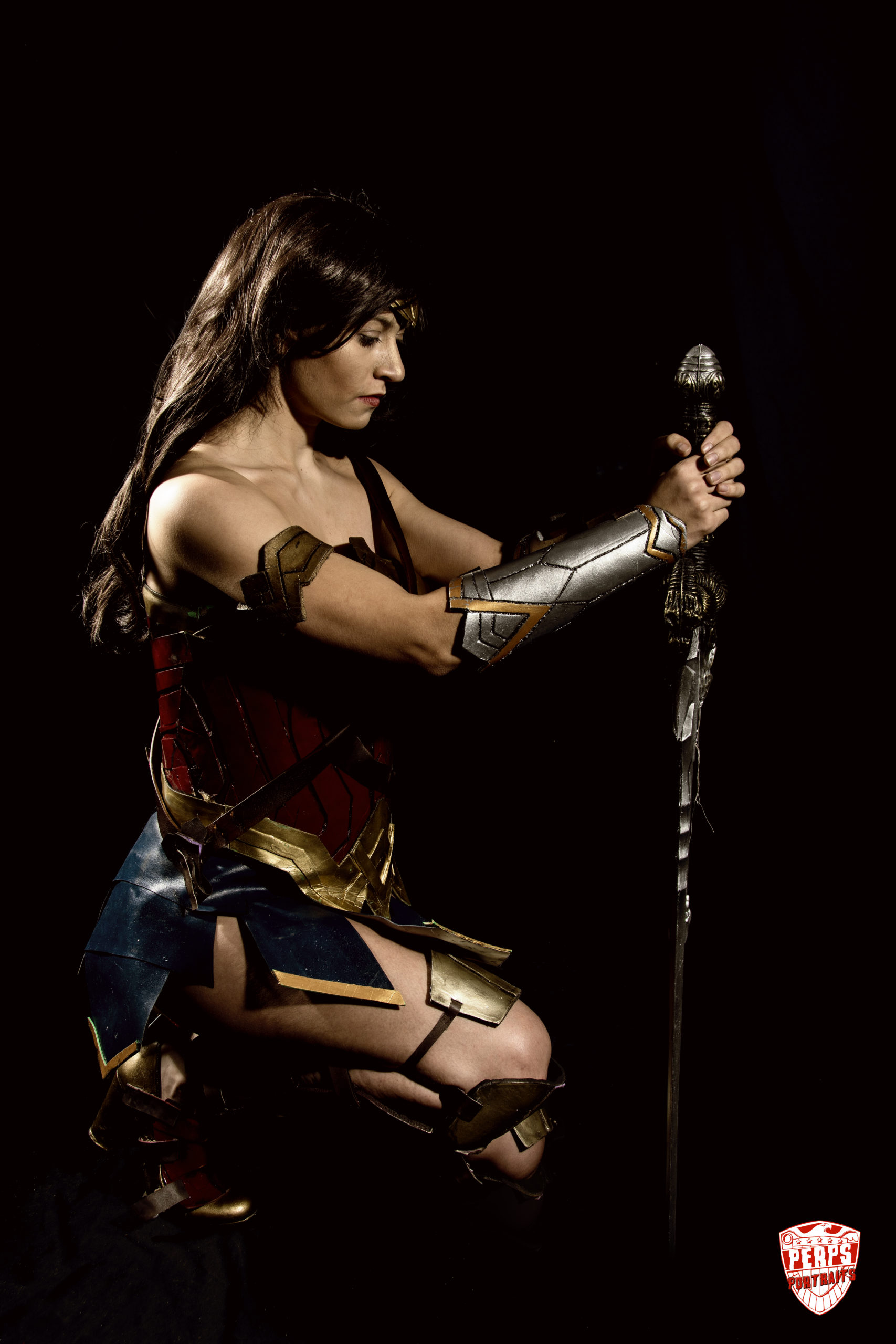
Nevertheless, Nathalie, a cosplayer from Dublin, says that “there are a lot of instances of harassment, abuse and slurs happening in big conventions. I think this is due to a mixture of these people, a lack of understanding and empathy, and not enough importance being placed on these issues”. According to Nathalie, the cosplay scene is a safe space where she can exercise her creativity freely – but outside this community, problems do exist. “I did face a lot of this outside in public. My own experiences of cosplaying are what shape my beliefs of conventions being a safe place for this.”
“Cosplaying in public is very difficult”, she adds. “I try and avoid doing so if possible, unless I’m in a group. Cosplay has so many unique features of characters and outfits that stand out compared to casual clothing. It can attract a lot of attention, often negative, due to the ignorance of the public or ‘bad’ people.”
“Being stared at is common. People probably don’t understand why you’re dressed like you are or where you’re going, or perhaps they do know and are admiring your costume. Things like being called out, approached, shouted at, breaking personal space, touching you or your costume without permission, or just being plain creepy are what escalates these situations and makes you suddenly feel unsafe. It can ruin your day or your opinion on cosplaying. It may even put you off of it in general. I think this is why conventions are so important.”
Thankfully, safety measures at today’s conventions are becoming increasingly ironclad, with efforts being made to make conventions safer for cosplayers. Kate is an organiser of AmiKon, an “anything nerdy” convention that was held in Dublin City University in early 2019. “As a con organiser, I have had to become hyper-aware to comments or issues that may arise, and work on ways to aid the targeted persons”, Kate says. “There were one or two issues we had to address on the day of the convention, but I hope that we have made it clear how we stand on them.”
“Our goal for AmiKon was to provide a safe and warm environment where people can express themselves through cosplay, for both attendees and cosplayers”, she says. “We have a zero-tolerance policy against harassment and hateful speech and removed anyone who broke this rule from the convention. At 18+ cosplay events, we made sure the only people attending were 18+. We had prop and cosplay rules (no metal weapons, cosplay must cover the same area as a modest bikini, etc). We adapted on the day to any other issues, and any complaints that came to us were taken seriously.”
Organisers like Kate are showing that they’re determined to tackle the issue of harassment. However, extra security protocols do not safeguard against all the threats facing cosplayers. As the age-old adage goes, prevention is better than cure. “There’s currently a big drive for educating people that cosplay is not consent, and that no-one has any right to touch you or your costume”, Roisin says. “I’m not sure what else can be done other than continuing to educate people in the community and other convention-goers.”
It’s hard to question the logic of educating cosplayers. But it does raise the question: are steps like these just preaching to the choir? For the most part, it seems those at the heart of the cosplay community aren’t the problem – it’s the people on the fringes, online and at conventions.
Being stared at is common. People probably don’t understand why you’re dressed like you are
This conversation dovetails neatly with another contentious area for cosplay: the oversexualisation of players. Leaf through anime or Marvel comics and you will see the pages are rife with unrealistic portrayals of women: female ninjas flaunt ample breasts and hourglass waistlines, coated in skintight catsuits that would make even Kim Kardashian green with envy, while male superheros flash insane six (eight?) packs that could cut glass. Famous mangaka, among them the legendary Eiichiro Oda, dismiss these portrayals as merely part-and-parcel of their fantasy universes – but how does this expectation of absolute perfection translate into reality at cosplay conventions?
Molly O’Gorman, a former casual cosplayer, hints at a community struggling to move beyond gender stereotypes. Molly first fell in love with cosplay at a younger age through Tumblr. “As someone who was into drama and fandom, it naturally appealed [to me]”, she explains in an email.
However, hindsight has given Molly some new perspective on gender roles in cosplay: “I think there’s a certain amount of expectation on women to play it sexy, which plays into that – it’s a culture where men and women are often expected to behave like they do in the movies, which isn’t healthy. It’s definitely uncomfortable and not being combatted, certainly not since I’ve been [on the scene]. It makes you feel like the person you should be is someone other than you, when conventions are supposed to be a way to escape that feeling. Go to any convention and count the number of Harley Quinns and that will tell you everything. Sexualised, glamorised abuse, second fiddle to the Joker. Children dressed as her always make me feel sick.”
Not everyone sees it this way, however: many note that there’s a feminist counterargument. “I wouldn’t say cosplay in and of itself is providing unrealistic expectations”, says Kate. “A lot of the time, cosplay is based on a current concept. Yes, there are people who take concepts like … let’s say Princess Peach, and as a cosplay of her, wear a frilly pink bikini, blonde wig, and a crown. But it’s still cosplay – it’s still free expression. If someone feels comfortable expressing themselves that way, let them, that’s their choice. And that does not give others permission to sexualise the person themselves, and sexually harass them. I wouldn’t feel comfortable in a cosplay like that, but I respect those who feel safe and comfortable enough to project that chosen image of themselves.” For Kate, the freedom of choice associated with cosplay can be empowering.
Nate, from Guild of Nerds, a major cosplay organisation in Ireland, sees positive strides being made on the issue of cosplayers’ appearances: “I believe body imagery for male and females has been a serious issue. Cosplayers make costumes from movies, TV shows, and games and there may be internal pressure to look like that fictional character, which in most cases is impossible with fictional characters. I feel cosplay has lead a lot of people down a fitness lifestyle which can be a positive thing.”
But Nate says that “another movement in the cosplay community is ‘Cosplay for Everyone’ – meaning you can cosplay regardless of weight, height, religion, disability or so on, which is pushed by some of the most prominent people in the community. If you come to an event, you will see all shapes and sizes”.
This might well be true, but it’s arguably not without caveat. Another dark element to cosplay, especially in the anime realm, is the fetishisation of so-called “loli” and “moe” girls. Anyone who has read Lolita is familiar with this type: the impressionable, Bambi-eyed, “dolly-like” pre-teen. Cultural phenomena inevitably draw upon their countries of origin as sources of inspiration – and in Japan, the official age of consent is 13.
So is it unreasonable that it strikes some as paedophilic when mature adults crop up at conventions, masquerading as overtly sexualised ingenues?
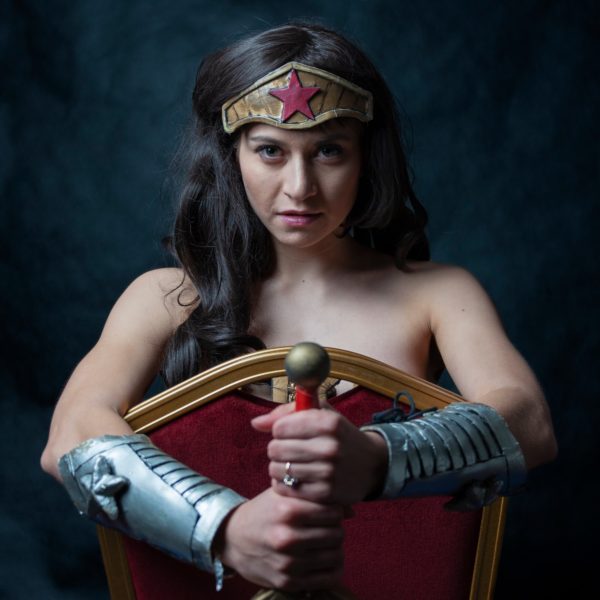
Take Belle Delphine, for example. Delphine, a 20-year-old Instagrammer and cosplayer famous for her youthful appearance, went viral this year after selling her “gamer girl bathwater” for $30 a jar. The whole collection sold out within a matter of hours. Twitter was flooded with threads discussing this cosplayer’s glorification of her “creepy” and “disturbing” childlike habits, even accusing Delphine of inciting paedophilia. This was compounded by the fact that Delphine also offers a pornographic “subscribers-only” platform.
Belle Delphine, I’m told, is a tricky subject among cosplayers. “She tapped into a specific market and was hugely successful. It’s not news that sex sells, and somehow people have a way of making anything sexual – I don’t think it’s just cosplay. But cosplayers like Belle Delphine are just one type of cosplayer. It’s important to remember that too”, says Gabby.
And on the fetishisation of child-like appearances? Molly says she thinks “a lot of it goes back to fitting into roles written by men. Women are more generally infantilised in conventions though – patronised and assumed not to know as much as men”.
Kate says the glorification of childishness is never the fault of the cosplayer. “There are always people who are going to be stimulated by anything, no matter how innocent it is. As long as a cosplayer is not in an uncomfortable or unwanted situation, they can cosplay whomever they want. It is up to the person viewing the cosplayer to separate the cosplayer from the character.”
“With cases like this”, she adds, “I honestly relate this to how strict some schools dress codes are, and to the fact that it seems like the responsibility is placed on the dresser not to distract the viewer. Girls’ shoulders, collarbones, knees even, are apparently so distracting to boys that it’s the girls’ responsibility to hide them. Whereas it should be the viewers responsibility not to get distracted, or in our case, not take things too far with cosplayers without consent”.
Ultimately, what I find most extraordinary about the cosplay community in Ireland is its boundless optimism. Despite the dark shadows that have encroached on the scene, many are still full of hope. Various measures are being taken to empower cosplayers, fuelled by a powerful camaraderie among those in the community. The problem, it seems, isn’t them – it’s groups on the fringes that, enabled by the internet, are having a very different conversation about cosplay than most who actually practise it.
“To me, cosplay is a hobby. I can see it as art. I love being at conventions and seeing all of the characters I know from anime or games come to life”, Natalie says. “I had the honour of being the cosplay co-ordinator for our convention, AmiKon. It was a great opportunity and a blast to see everyone’s cosplays. No two cosplays are the same: everyone adds their own touch to it, and I think that’s really cool. I love the community. Conventions give me a safe place where I feel I can belong.”
